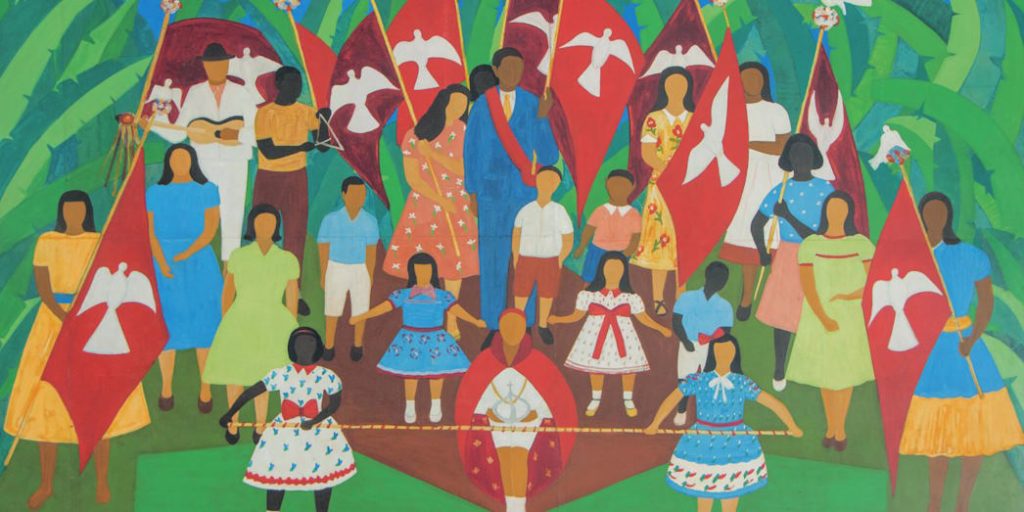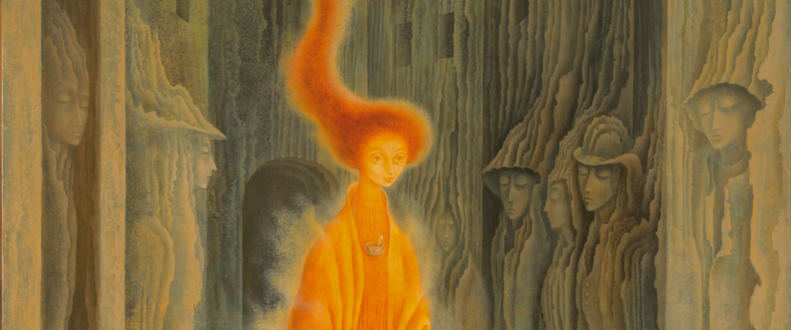Home » Famous Artists » Unexplored Realms of 20th-Century Latin American Art

Unexplored Realms of 20th-Century Latin American Art
The 20th century was a tumultuous epoch that witnessed profound socio-political transformations across the globe. Latin American art became a powerful voice reflecting the complexities of the region’s history, identity, and aspirations.
The Known: Murals and Social Movements
The Muralist Movement in Mexico
One of the well-known facets of 20th-century Latin American art is the influential Muralist Movement in Mexico. Led by iconic artists such as Diego Rivera, David Alfaro Siqueiros, and Jose Clemente Orozco, these murals served as visual narratives, depicting the country’s revolutionary spirit, indigenous heritage, and social struggles.
Social and Political Engagement
Latin American artists actively engaged with political and social issues during the 20th century. The art of protest, resistance, and solidarity became a hallmark of movements such as the Mexican Muralism, reflecting the region’s response to colonial legacies, authoritarian regimes, and the fight for social justice.
The Unknown: Diverse Voices and Artistic Innovations
Neglected Female Artists
While the contributions of male artists like Rivera and Orozco are well-documented, the role of female artists in shaping Latin American art often remains overlooked. Frida Kahlo, a celebrated figure, has gained recognition, but many other women, such as Remedios Varo and Leonora Carrington, have not received their due acknowledgment.

Diverse Artistic Movements
Beyond muralism, Latin American art in the 20th century witnessed a diverse array of artistic movements that extended beyond national borders. For instance, the Concrete and Neo-Concrete movements in Brazil introduced innovative abstract forms, challenging traditional notions of representation and pushing the boundaries of artistic expression.
The Known: Magical Realism in Literature
Magical Realism in Literature
Latin American literature, particularly the works of authors like Gabriel Garcia Marquez and Isabel Allende, is celebrated for using magical realism. This genre blends fantastical elements with reality. The influence of magical realism in literature often overshadows its impact on visual arts during the same period.
Surrealism and Latin American Art
The Surrealist movement, originating in Europe, found fertile ground in Latin America. Artists like Remedios Varo and Leonora Carrington, who participated in Surrealist circles, contributed significantly to the global development of this movement. Their fantastical, dream-like imagery resonates with the magical realist tradition in literature.
- Posted In:
- Famous Artists

